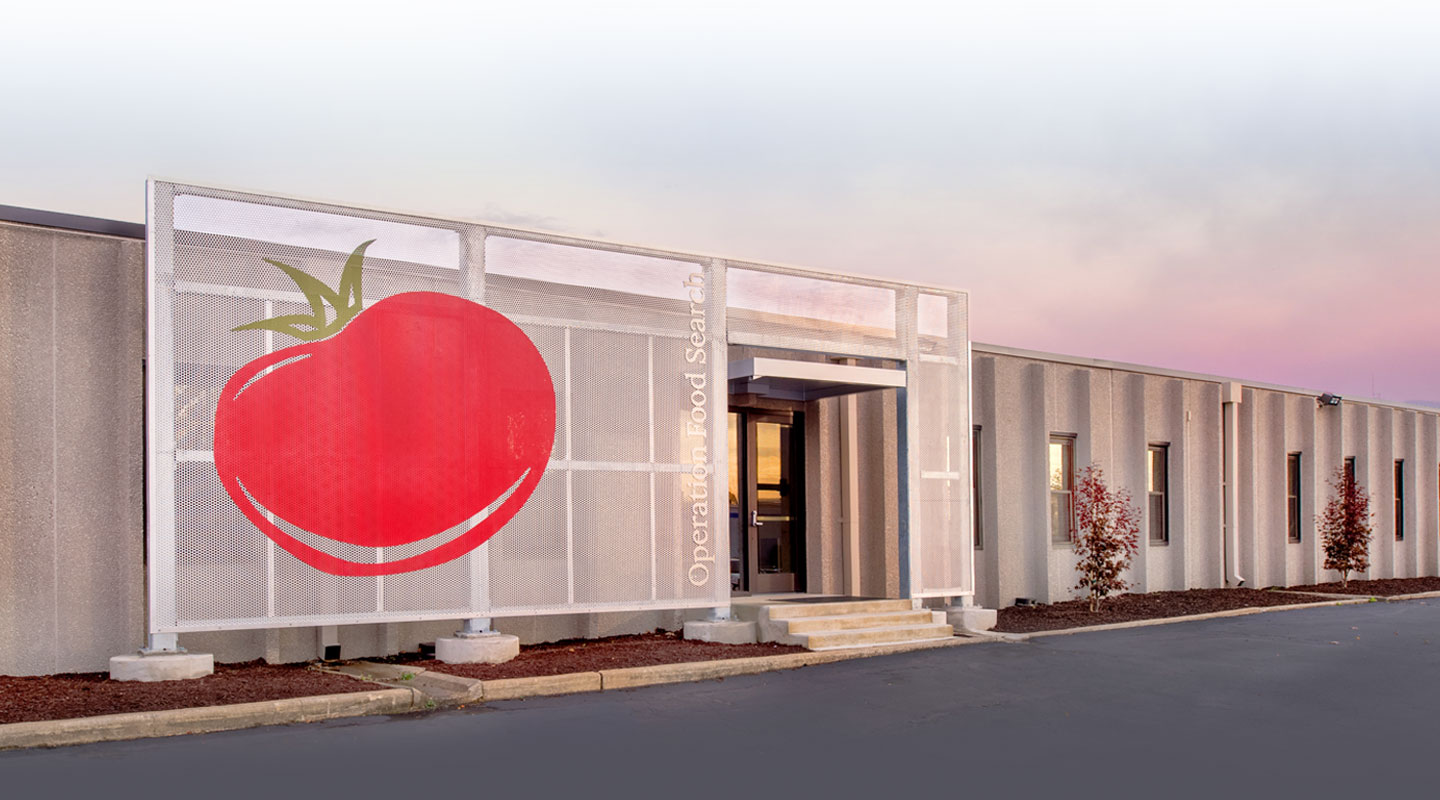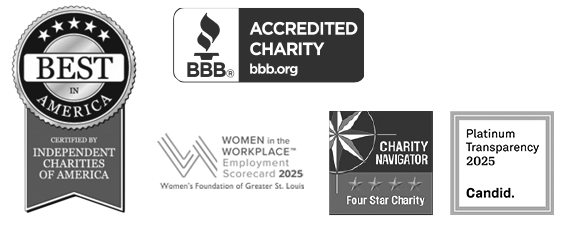Prepared by Katherine Walcott, MS, RDN, LDN, MPH Candidate at Saint Louis University, and Practicum Student at the Incarnate Word Foundation
Executive Summary
Food insecurity occurs when people do not have enough resources to access adequate food. Groups at higher risk of food insecurity include racial and ethnic minorities, those of low socioeconomic status, children, immigrants, LGBTQ+ individuals, people with disabilities, the formerly incarcerated, single-parent households, and those in rural areas.
The Supplemental Nutrition Assistance Program (SNAP) has been shown to reduce food insecurity by up to 30%.
In 2023, 42.1 million Americans (12.6% of the population) received SNAP benefits. Overall, about 70% of recipients (roughly 29.5 million people) are kids, older adults, or individuals with food insecurity. In 2024, SNAP cost the federal government roughly $100.3 billion (1.5% of the federal budget), translating to $6.20 per person per day.
In 2023 in Missouri, 617,000-740,000 people (10-12% of the population) were estimated to have received SNAP benefits, while 950,180 people (15.4%) of the population were food insecure. Many food insecure individuals do not qualify for SNAP due to having an income above 130% of the Federal Poverty Level. County-level rates of food insecurity range widely from 10.9-23.1%.
In 2024, a district court judge ruled that the state of Missouri has been violating federal law by administering SNAP in such a way as to make it nearly impossible for individuals to access benefits. In May of 2025, limited progress was made, with those seeking benefits waiting on the phone for an average of 45 minutes and more than 11,000 people being disconnected.
On July 4, 2025, Congress passed the One Big Beautiful Bill Act through the process of budget reconciliation. The reconciliation package included a $186 billion cut over the next decade to the federal SNAP budget. The bill accomplishes this through eight overarching provisions:
- States cover up to 15% of SNAP benefit costs beginning in fiscal year 2028
- States cover 75% of SNAP administrative costs beginning in fiscal year 2027
- Thrifty Food Plan updates must be cost neutral, occur no earlier than October 2027, and occur no more than every five years
- Work requirements become more strict and dependent children be redefined as those under the age of 14
- Standard utility allowances be restricted to elderly individuals and those with disabilities
- Internet expenses be excluded from excess shelter expense deductions
- Funding for SNAP-Ed be eliminated beginning in fiscal year 2026
- Lawfully present non-citizens be barred from SNAP
The consequences of these cuts are immediate, severe, and long-lasting. Millions of individuals are expected to lose access to SNAP, and even those who do not lose access will be affected by the indirect effects of program cuts and rising food costs. States will face increasing budget pressures while they lose the economic benefits of SNAP, and social service organizations will face increasing demand and diminishing resources while food insecurity rises. At the same time, other associated cuts are being made to local food purchase and emergency food assistance programs. Altogether, public health and individuals stand to suffer as food insecurity increases and resources dwindle.



